Find Your Perfect Wood Product
If you find a product you like, reach out to us for more details and assistance.
Brazilian Tigerwood (Goncalo Alves)
Experience the raw power of Goncalo Alves – its glass-like finish and durability make it a standout choice for impressive projects. Crafting with this wood is a thrilling challenge, yielding stunning results that defy expectations and bring untamed beauty to your finished project!
Length: 11′
Thickness: 4/4 $11.75/Bd ft
- Common Name(s): Goncalo alves, tigerwood, jobillo, muiracatiara
- Scientific Name: Astronium spp.
- Distribution: From Mexico southward to Brazil
- Tree Size: 100-130 ft (30-40 m) tall, 3-5 ft (1-1.5 m) trunk diameter
- Average Dried Weight: 57 lbs/ft3 (905 kg/m3)
- Janka Hardness: 2,170 lbf (9,640 N)
- Crushing Strength: 10,770 lbf/in2 (74.2 MPa)
Heartwood: medium reddish brown with irregularly spaced streaks of dark brown to black. Color tends to darken with age. Some pieces of goncalo alves may be completely uniform in color with no streaks or stripes.
Grain: Grain can be straight, but is usually wavy or interlocked. Fine, uniform texture with good natural luster.
Brazilian Tigerwood/ Goncalo Alves has excellent weathering properties, and is rated as very durable regarding decay resistance.
Brazilian Tigerwood/ Goncalo Alves is generally not too difficult to work, despite its high density. Figured pieces with irregular grain can pose a challenge in planing and machining operations. Brazilian Tigerwood/ Goncalo Alves can also have a moderate blunting effect on cutters.
- Cabinetry
- Fine furniture
- Flooring
- Veneer
- Turned objects
- Small specialty wood items

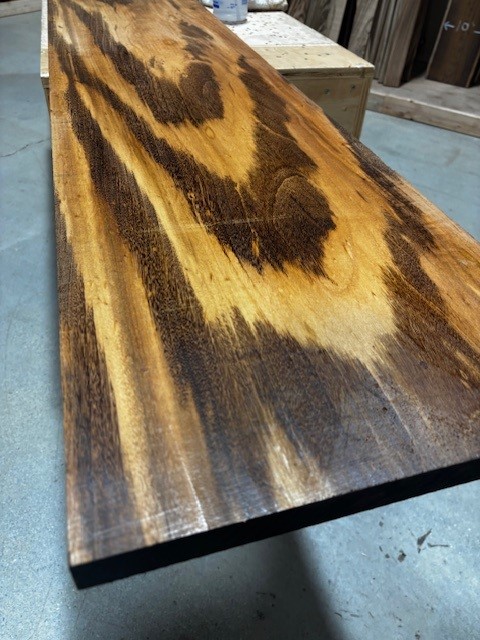
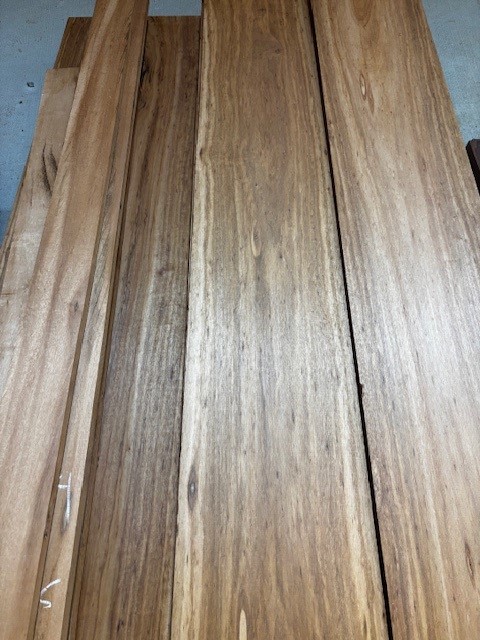
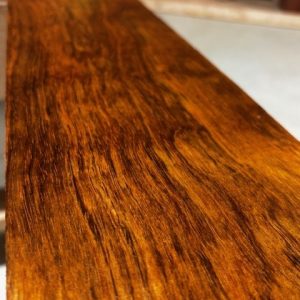

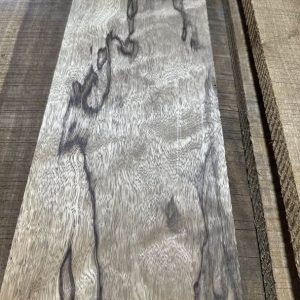
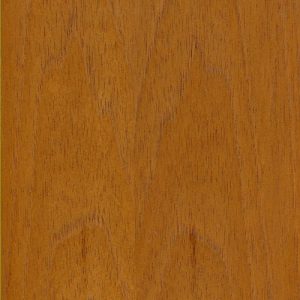
Brazilian Tigerwood/ Goncalo Alves is commonly referred to as tigerwood or Brazilian tigerwood among flooring dealers. The wood has superb stiffness, strength, hardness, and durability. However, density and other mechanical properties can vary widely depending on the growing site and source region.
Note: This wood species is not listed in the CITES Appendices, and is reported by the IUCN as being a species of least concern.